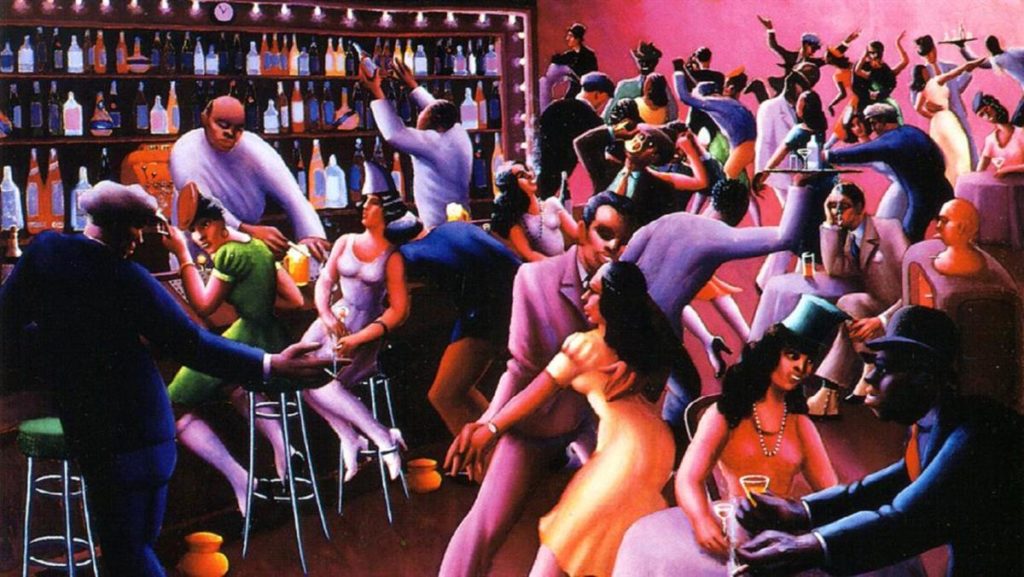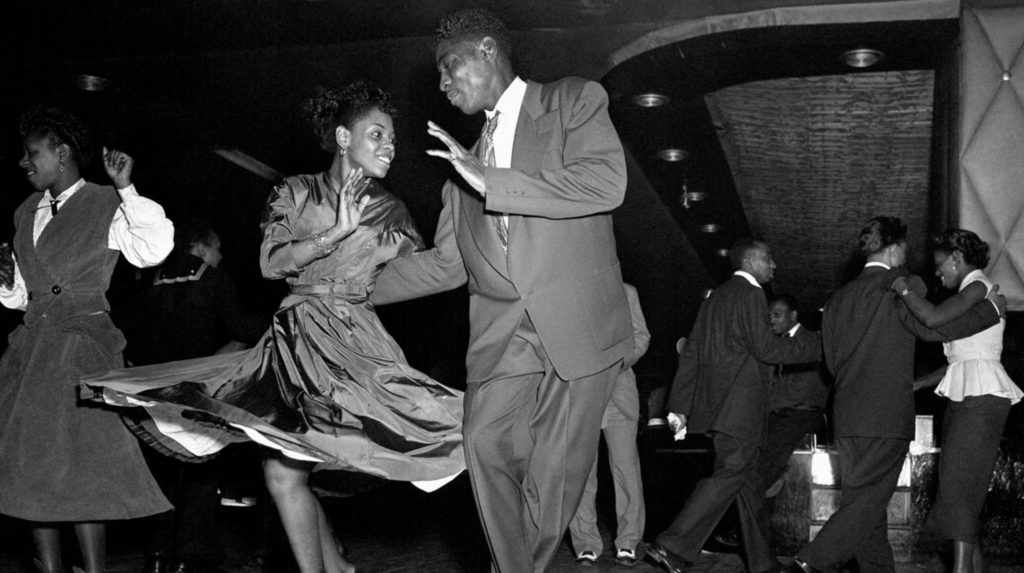
One of the most wondrous voices of the 20th Century -Scott Yanow, critic
Sassy.
The Divined One.
These nicknames above were used to describe Sarah Vaughan, a jazz singer who is hailed for her range and style in music. And I can see why! After listening to her rendition of “Somewhere over the Rainbow,” I became captivated by her voice. Yet, her voice is like silk, gliding over the lyrics, often ending in a controlled vibrato. Her high notes were particularly impressive to me. It was as if she was not even trying, reaching a high pitch and then able to go back and forth, with ease, from her high to lows, the epitome of a singer who has mastered their craft. So let’s delve into jazz and discover more about Sarah Vaughan and why she is so great.
Jazz - Origins & Influences

Jazz is a type of music that emerged in the early 20th century, originating in New Orleans. It was influenced by ragtime, due to its rhythms and placed importance on syncopation. However unlike ragtime, jazz had improvisation, so even if two jazz musicians are playing the same song, they can sound like two different songs. Though the conditions for black people entailed racism, discrimination, and segregation, some were able to gain respect and recognition due to their contributions to the genre.
An event in history that significantly featured jazz was The Harlem Renaissance. The Harlem Renaissance offered an opportunity for African-Americans to give a voice to the racism and prejudice experienced by many people. Though the Harlem Renaissance is primarily viewed as a literary movement, at this time, jazz was integral socially and politically in America.

Due partly to the Harlem Renaissance, jazz became highly commercialized, and people alike were trying to cash in on jazz’s growing popularity. Jazz artists such as Louis Armstrong and Duke Ellington were featured in many prominent nightclubs. Harlem’s most famous nightclub, the Cotton Club, was a gateway to meet famous African-American performers, yet the club was exclusively for white people.
The hip hop genre has carried the most influence of jazz, especially with the emergence of sampling. For example, artists have sampled Miles Davis’ music 146 times, and another jazz artist, George Benson, 176 times.
Another way jazz has influenced hip hop is its improvisation. At jazz concerts, artists on the spot can improvise their songs and add different elements, whether vocally or instrumentally. Rappers can also change their rhythms, words or other prose techniques on the spot.
Sarah Vaughan
Sarah Vaughan was born on March 27, 1924. Her father was a pastor, so she grew up singing in church, which helped cultivate her love for music. From 1931-1939, she partook in piano lessons. Using her skills to win a contest at the Apollo Theater, Earl Hines employed her in his band as a vocalist. though she was not put to use, she was able to make her own recording debut with the help of Billy Eckstine. After an opportunity arose for her to sign with Columbia records label, releases under the label, such as “Black Coffee” and “That Lucky Old Sun,” rocketed her to further success.

Many critics laud Vaughan for the flexibility of her voice. She has an extensive range, from soprano to a female baritone, superb control and distinctive texture that was unreplicable. Vaughan was also known to have an “operatic splendor” to her voice, showing it off in songs such as “Send in the Clowns.” Though old age eventually roughened her voice, critics still had nothing but positive comments, saying the new texture added more “mystery,” as if searching for buried treasure.
It is also important to note that Vaughan is one of the first singers to incorporate bop phrasing when singing. Bop phrasing changes the lyric or stanza of a song by adding notes, textures, carrying out a note, and so forth. Not only did Vaughan achieve this, but she did it well, which is why she is marveled today and is often used as a source of inspiration.

Vaughan had expressed her dislike for being categorized as solely “a jazz singer.” In her opinion, she had recorded music of several genres, from blues to gospel, and did not understand the need to put her in a specific category. In an interview with Down Beat, she says, “What I want to do, music-wise, is all kinds of music that I like, and I like all kinds of music.”
Though Vaughan was loved by many, she had trouble finding love for herself. Her second marriage to Clyde B. Atkins was abusive, and he gambled her hard earned money away. Her last marriage to trumpeter Waymon Reed, 16 years younger than her, was also abusive, and Reed was described as “controlling.” She often drew inspiration from her struggles and sung about her desire to find love for herself.
Vaughan was diagnosed with lung cancer in 1989. Even with this diagnosis, she still sang, and her voice still sounded as magical as ever. She passed away six months later, in 1990, at the age of 66, though her legacy has preceded her for several years, and many more to come.
"JAZZY" Elements
Bebop
ebop is a combo jazz improvised style that evolved from big bands swing in the 1940s and is characterized by exceedingly fast tempos, with improvisational lines based on the harmonic structure rather than on the melody.
Swing
wing is a big band jazz style developed in the 1930s that emphasized horn riffs and a rhythmic drive derived from the boogie-woogie bass line.

Jungle sound
ungle sound is a term referencing the continent of Africa, that is associated with unique instrumental timbres typical of Duke Ellington arrangements in the 1920s and 1930s.
Closing Statement
The influence of Sarah Vaughan and jazz music is immeasurable. Even today, we are still seeing and hearing of the effects, with sampling being a direct way to listen to more jazz music and critics raving over Vaughan and how there will be no one like her. Jazz is an integral part of the African-American community and should always be considered on, which begs the question, what state would music be without the influence of jazz?


